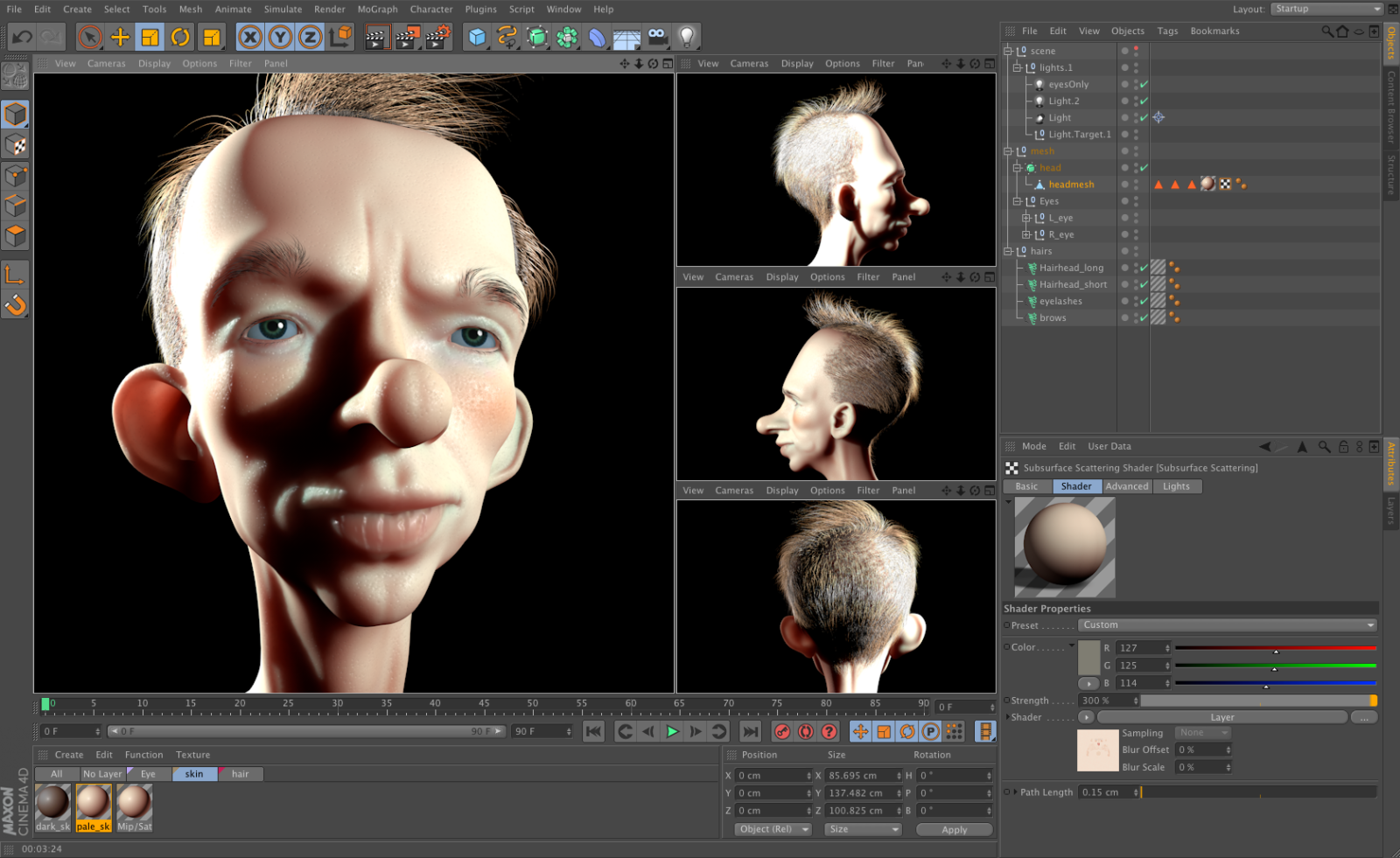Computer Animation
by Andrew Boyd
Today, taking it down a dimension. The University of Houston presents this series about the machines that make our civilization run, and the people whose ingenuity created them.
When you watch your favorite television show what do you see? People, cars, buildings — all part of our three-dimensional world.

Machinist's Mate 2nd Class John Gates spins the wheel as a contestant on the popular television game show Wheel of Fortune. Photo Credit: Wikimedia Commons
Yet the image itself isn't three-dimensional. The television screen is a two-dimensional surface; the television show a sequence of two-dimensional pictures. We interpret what we see as three-dimensional thanks to the way our brains work.
In fact, sight itself is largely two-dimensional. We don't see behind rocks, trees and other solid bodies. We see only what's facing us. To make the point, consider the following experiment. Look at something. Then take a picture of it. The picture is two-dimensional but identical to what you saw with your eyes.
No matter how we, well, look at it, vision and video are fundamentally two-dimensional. So let's consider for the moment a technologically fascinating form of video — computer animation.

A Computer generated face using high end animation software. Photo Credit: Flickr
From Toy Story to Avatar to website postings, computer animation is showing up everywhere. We watch these animated videos on two-dimensional screens. But in the background something quite remarkable is going on.
To get the most realistic images possible, animators start with three-dimensional descriptions of spaceships or talking potato-heads or whatever they want to depict. The descriptions are entirely mathematical, expressed in three-dimensional language. The trick is to take these 3D descriptions and project them onto a two-dimensional canvas for viewing.
The process is analogous to taking a picture with your camera. The subject matter in this case is the computer's 3D description, the camera is a computer algorithm, and the picture is a picture — much like you'd find in your digital camera. But here's what makes computer animation special: taking a high quality picture is very time consuming. A picture isn't generated with a click of the finger. It can take many hours. With speeds like that, a two hour film requiring thirty picture frames per second could easily take a hundred years to render.

A server farm similar to the render farms used for computer animation. Photo Credit:Wikimedia Commons
That's if we used a single computer. But the work is easily parceled out to many different computers residing in what are known as render farms. Stashed with thousands of specialized computers, render farms use sophisticated algorithms to solve what's known as the rendering equation — an equation whose solution provides the 3D to 2D transformation that creates a picture. With the rendering equation every nuance of light can be captured. Direct light. Reflected light. Reflections of reflected light. We see these effects in the work of nature when we look out the kitchen window. Inside the computer it takes a lot of number crunching.

An example of simple lighting effects in computer animation. Photo Credit: Pixbay

Another example of simple lighting effects in computer animation. Photo Credit: Pixbay
The state of 3D computer animation is nothing shy of remarkable. Yet it's a field of endeavor that continues to rapidly evolve. Faster computers and refined algorithms are an important part of the story. But what's leading the charge are new ideas by creative artists — ideas brought to life by creative engineers.
I'm Andy Boyd at the University of Houston, where we're interested in the way inventive minds work.
(Theme music)
Human vision does have one important characteristic that provides a greater sense of three dimensions: we see through two eyes. The slightly different two-dimensional perspectives provided by each eye allows our brains to perceive depth, which aids immensely in navigating our world.
R. Ramamoorthi. Global Illumination and the Rendering Equation. Lecture notes from CS294-13: Special Topics, Advanced Computer Graphics, Lecture #3, University of California, Berkeley. From the website https://inst.eecs.berkeley.edu/~cs294-13/fa09/lectures/scribe-lecture3.pdf. Accessed January 12, 2016.
Rendering (Computer Graphics). From the Wikipedia website: https://en.wikipedia.org/wiki/Rendering_%28computer_graphics%29. Accessed January 12, 2016.
This episode was first aired on January 14, 2016